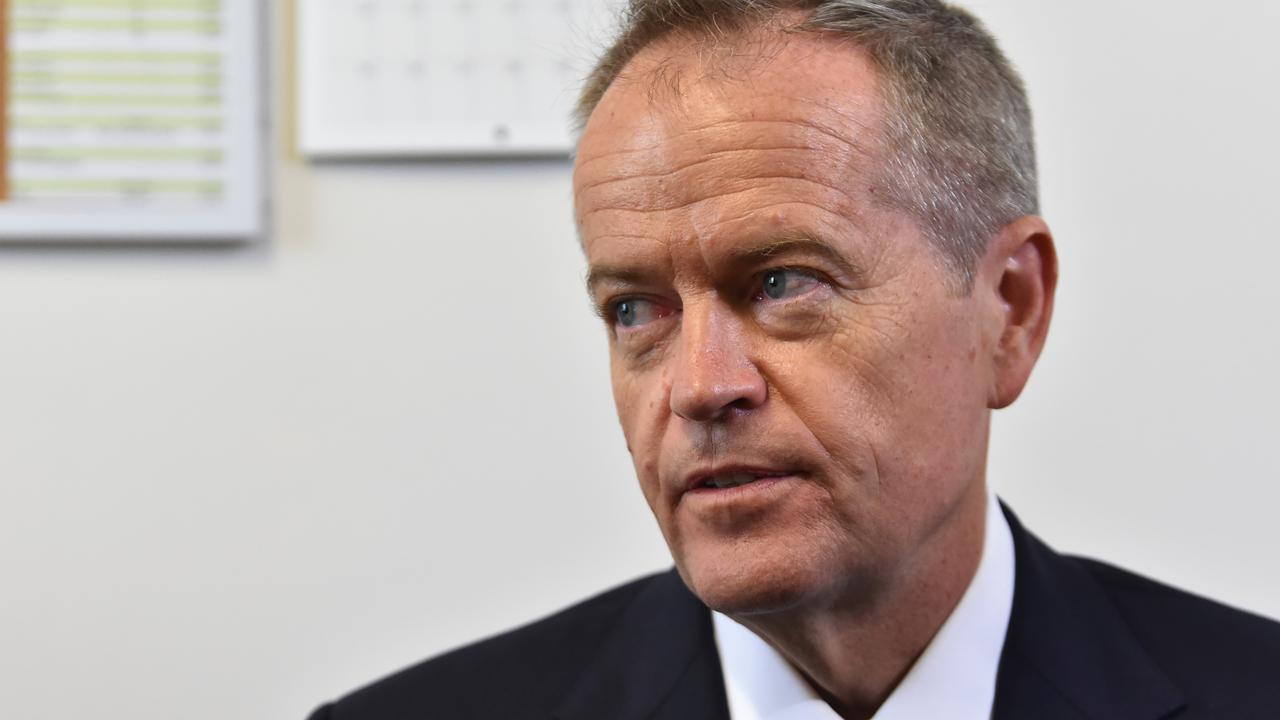Union coffers surge despite falling member numbers
The wealth of Australia’s unions has surged with record increases in revenue and assets, despite a fall in memberships.

The wealth of Australia’s unions has surged with record increases in revenue and assets without needing income from membership dues to survive, despite more than two decades of a serious decline in representing the workforce.
A policy brief for Liberal Party think tank the Menzies Research Centre by research director John Slater has found the link between a union’s membership and its financial performance is “weak, at best” because unions operate as corporate business models while remaining exempt from paying tax.
As income derived from union fees has slumped in line with a sharp drop in memberships, Mr Slater’s study, “Unions Inc: From industrial strength to financial muscle”, has found unions earn vastly more from “sundry income” including dividends, profits from insurance schemes, training course fees, superannuation and other board fees, grants, commissions, rents and investments.
After compiling data from financial disclosures to the Registered Organisations Commission, he found the 15 largest unions increased their combined yearly revenue from $394 million to $748m between 2003 and last year — or 89 per cent.Mr Slater, former executive director of the conservative HR Nicholls Society, said union asset wealth, including investments in property, had outpaced income growth, with nine of the 15 largest unions exceeding the growth of the ASX All Ords.
Ranking the richest unions with some of Australia’s largest corporates, Mr Slater said the Construction Forestry Mining and Energy Union, before its recent merger with the Maritime Union of Australia, was bigger than Greyhound Australia and Fuji Xerox.
He calculated the combined assets of Australia’s 15 biggest unions was almost equal with the market capitalisation of Pilbara Mine, and greater than that of Bega Cheese and Seven West Media.

Under a subheading “No members? No worries!”, Mr Slater said it would seem intuitive that as a voluntary organisation, the size of a union’s membership would bear heavily on its financial performance. But declining membership was not necessarily associated with a deteriorating financial position: unions such as the CFMEU, the National Union of Workers and the Communications Electrical and Plumbing Union, which experienced membership downturns, outperformed others such as the Shop, Distributive and Allied Employees Association and Australian Services Union, which suffered far smaller membership reductions.
Calling for “corporate unions” to be cleaned up, Mr Slater said the union movement’s success in “monetising workplace relations” deserved scrutiny, particularly where unions had gained revenue as a consequence of conditions they negotiated in enterprise bargaining. “The practice of trade unions negotiating collective agreements from which unions also financially benefit poses a clear conflict of interest,” he said. “It means in performing its role as a bargaining agent, a trade union is effectively caught between its own financial interests and carrying out its duty to negotiate in the best interests of workers.”
The key message, Mr Slater said, was that many assumptions underpinning debate about the role of unions — such as claims they represented the low-paid, disadvantaged workers and the mainstream workforce — were false and misleading.
Unions, which claim less than a 10th of the private-sector workforce as members and about 14 per cent including the public sector, were now a “minority self-interest group” increasingly irrelevant to the workforce. They represented a minority of workers who were “predominantly well-educated, well-paid workers in professional or managerial employment supported by public spending”.
Mr Slater said any plan to increase union power on the basis of redressing perceived imbalance of power between bosses and workers should be viewed sceptically. He argued ACTU proposals to reintroduce industry bargaining and force employers to bargain collectively would be a “cash cow” for unions.





To join the conversation, please log in. Don't have an account? Register
Join the conversation, you are commenting as Logout